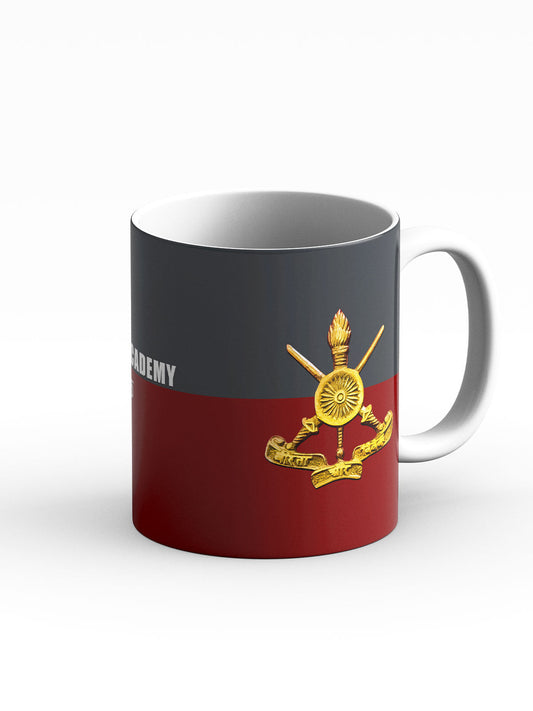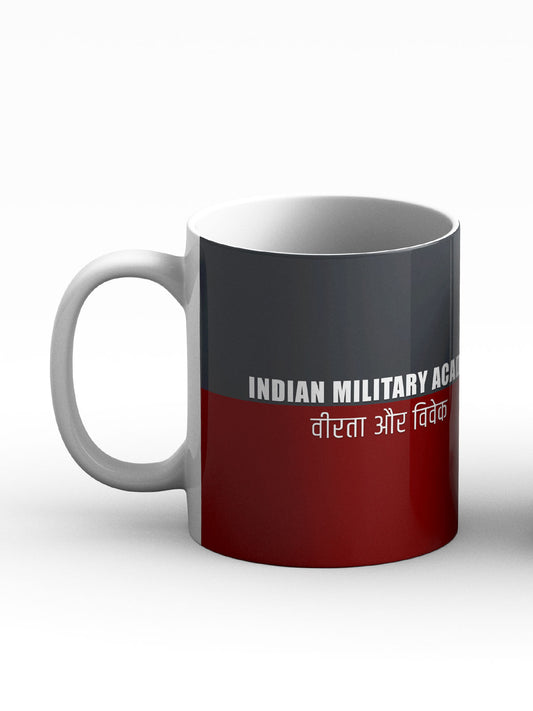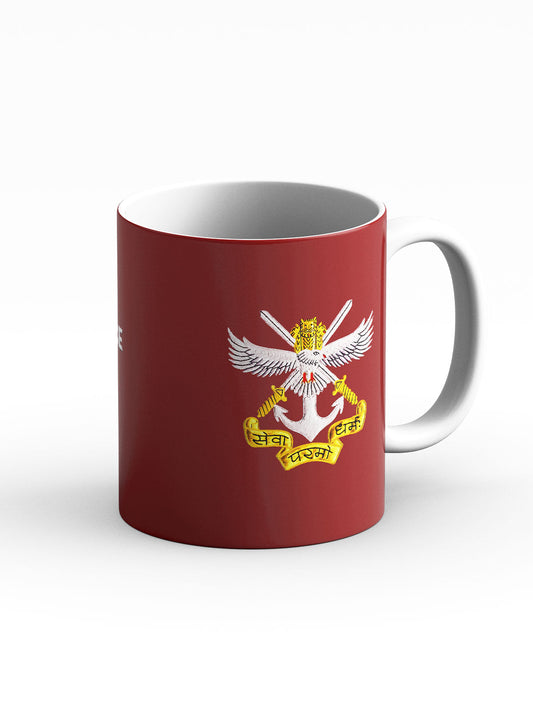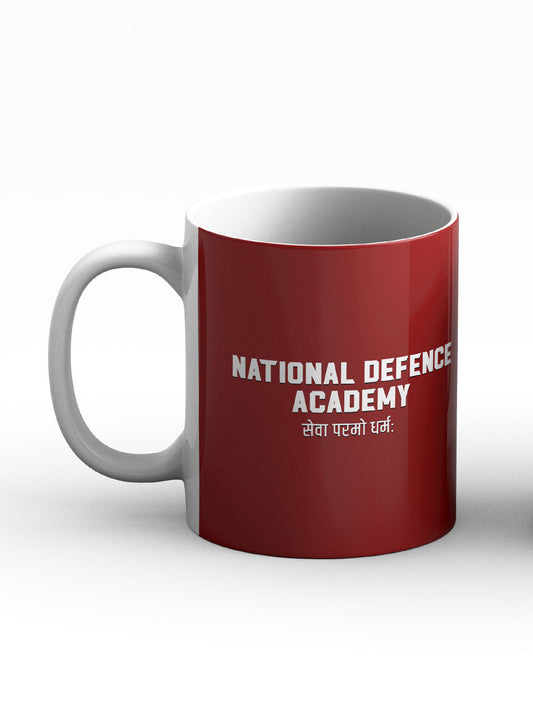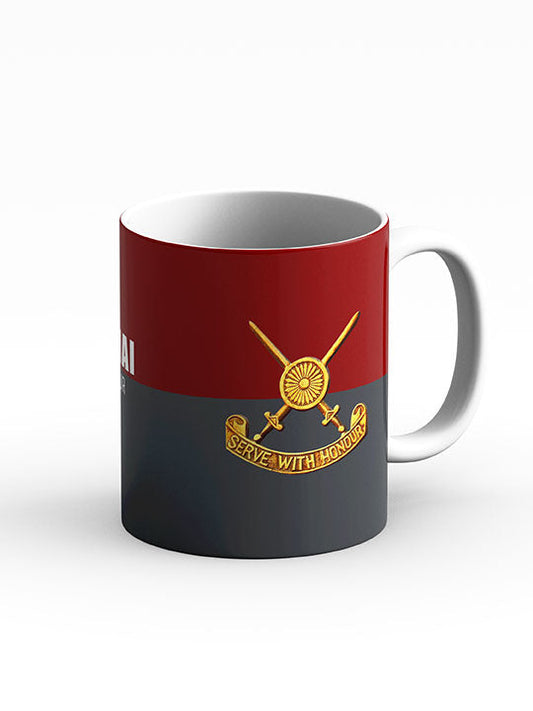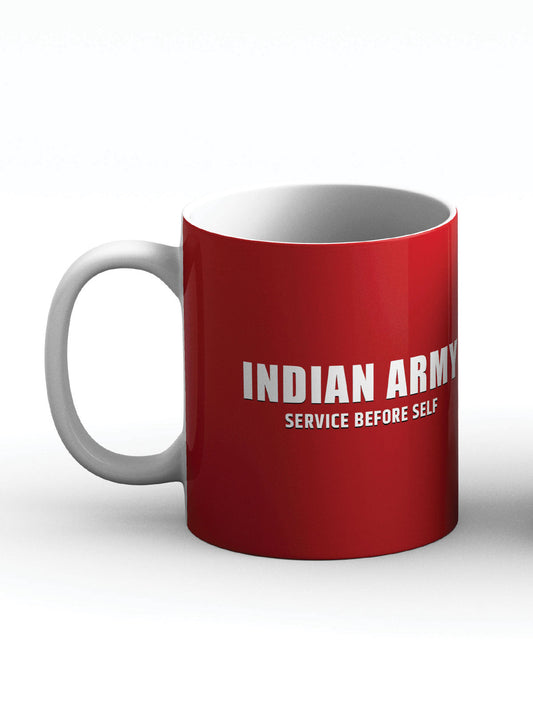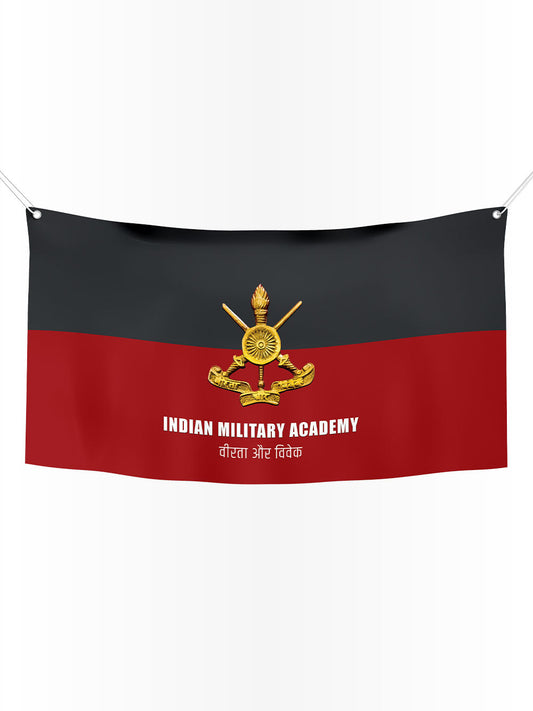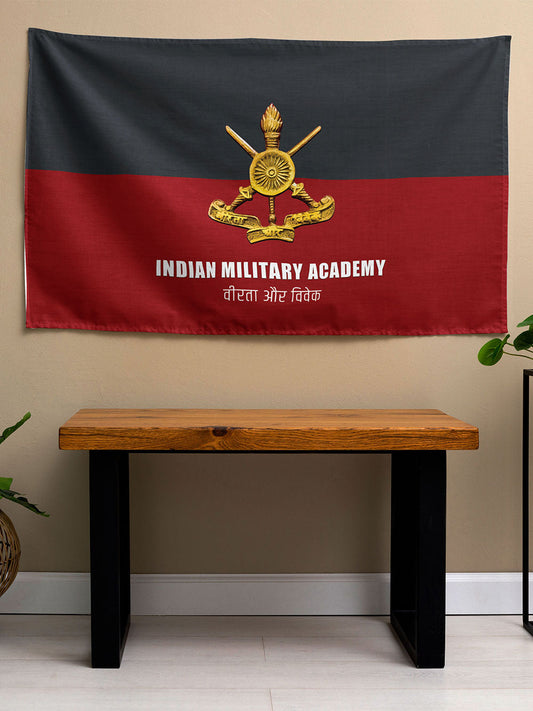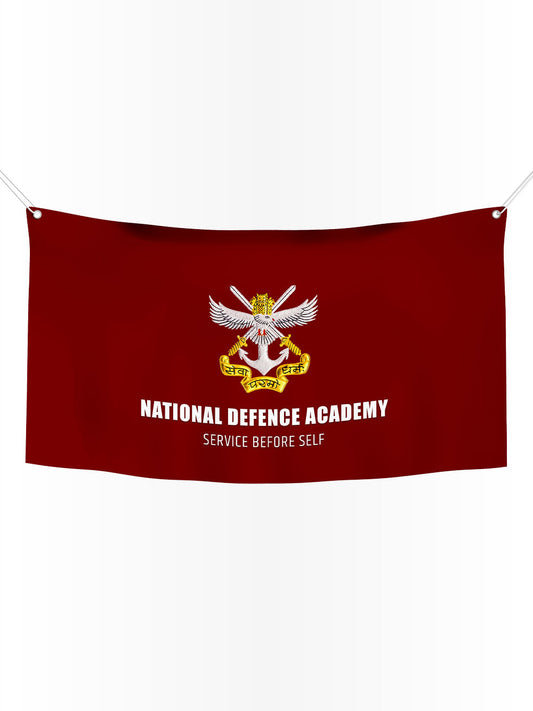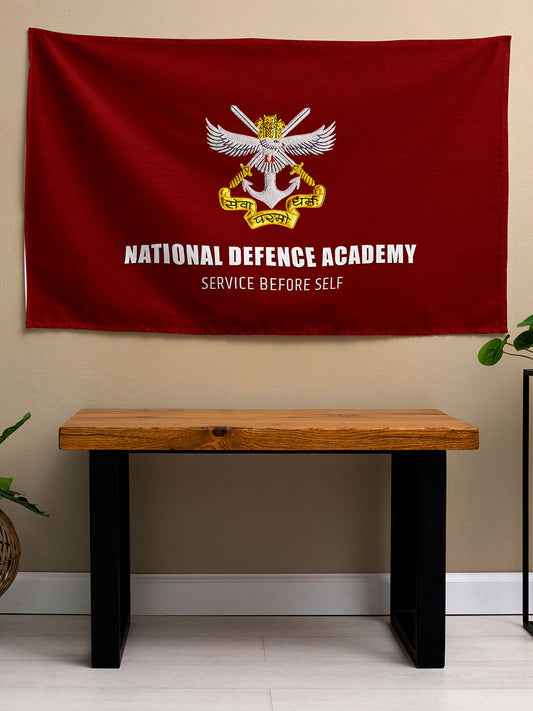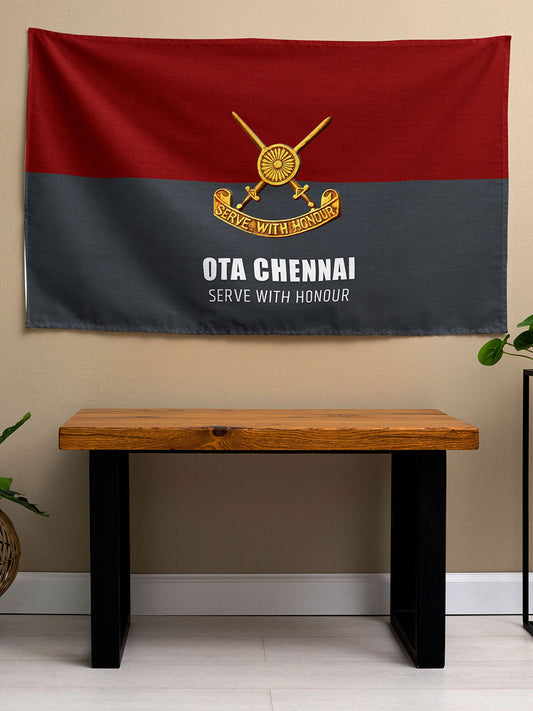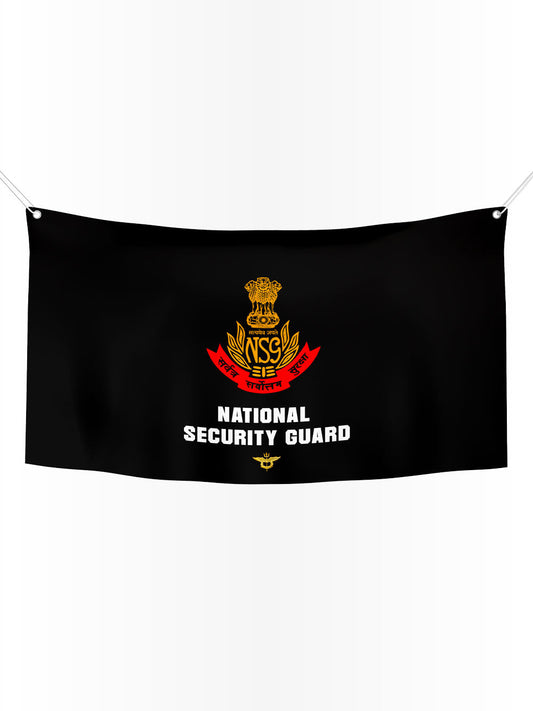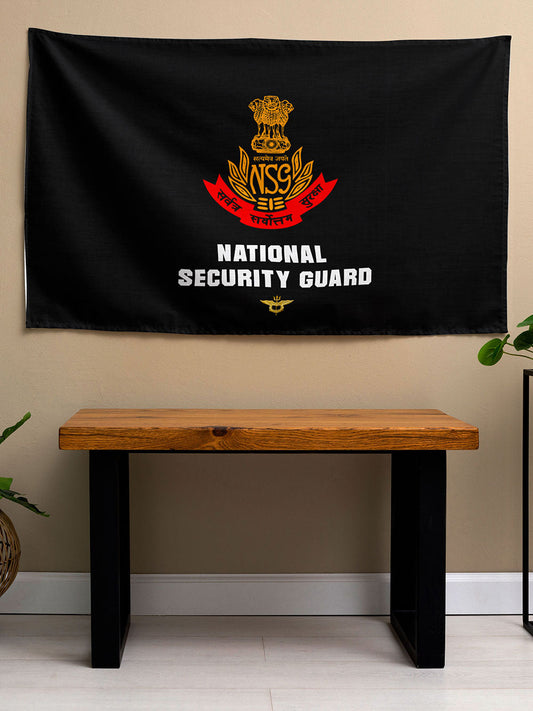How to Introduce Yourself in SSB Interview
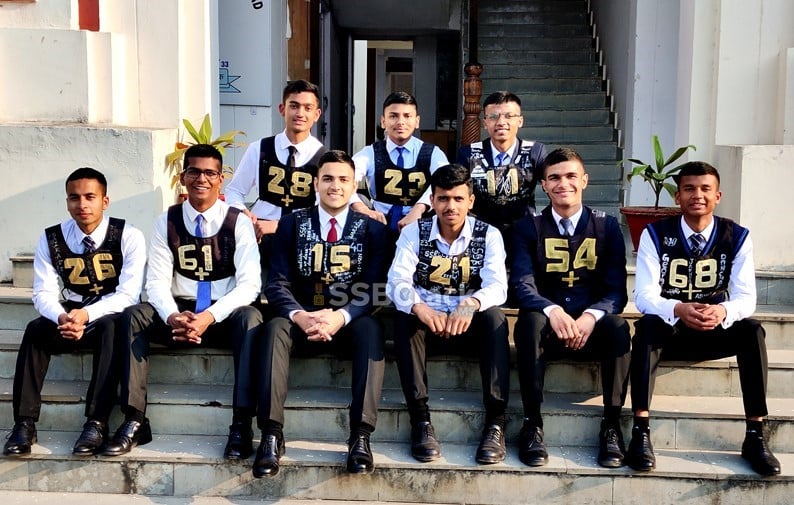
Introducing yourself effectively during an SSB (Services Selection Board) interview is a critical step in presenting your candidacy for a career in the Indian Armed Forces. The self-introduction serves as your first opportunity to create an impression on the interviewing panel — a chance to highlight your personality, achievements, and motivations that define you as a potential officer.
While many candidates often focus on technical skills or academic credentials, a well-structured self-introduction can enhance your visibility and relatability. This guide covers the nuances of crafting a compelling introduction and explores various aspects, including motivation, background, and presentation tips.
Historical Context of SSB Interviews
Understanding the significance of the SSB interview process begins with recognizing its historical framework. Established in the wake of World War II, the SSB has been the cornerstone of selecting officers for the Indian Armed Forces. The SSB process includes not just technical analysis but a thorough evaluation of candidates’ psychological traits, leadership qualities, and interpersonal skills. Over the years, the focus of SSB interviews has expanded to include a candidate's character, values, and motivations along with their academic excellence.
This context emphasizes that a self-introduction is not merely a recitation of facts; it is an opportunity to encapsulate your identity and aspirations succinctly.
Main Sections on Self-Introduction in an SSB Interview
1. Structure of the Introduction
Start with a Brief Overview
The objective of your self-introduction is to provide a well-rounded overview of who you are. This includes your background, achievements, and motivations. Keep it concise; the introduction should last around two to three minutes.
Example: "Good Morning Sir/Ma’am, my name is Rohan Verma, and I hail from Pune, Maharashtra. I recently graduated with a B.Tech in Computer Engineering from ABC University."
Mention Your Name and Background
Establishing a personal connection is vital. State your name, your origin, and provide a succinct background about your family.
Example: "I come from a middle-class family where my father is a retired school teacher, and my mother is a homemaker. Growing up in a disciplined environment helped me carve my path towards a career in Defence."
Education and Academic Qualifications
Inform them about your educational background. Discuss the field of study you pursued and why it’s significant to you and your career aspirations.
Example: "During my B.Tech, I focused on engineering principles that not only nurtured my technical skills but also cultivated my leadership qualities through various group projects."
Motivation for Joining the Armed Forces
Articulate your passion for joining the Defence Forces. Sharing a personal anecdote can illustrate your commitment and intrigue effectively.
Example: "Inspired by my grandfather, who served in the Army, I developed a fascination with the ideals of duty and sacrifice. Watching documentaries on military operations fueled my desire to serve the nation."
Extra-Curricular Activities and Hobbies
Highlight activities beyond academics that showcase your personality and skills. Leadership and team experience are particularly relevant.
Example: "In addition to academics, I have been part of the college’s adventure club, where I learned teamwork and perseverance. I also enjoy writing articles for our college magazine which helped enhance my communication skills."
Work Experience
If you have relevant work experience, mention it. Discuss the skills you acquired, which can make you a better asset to the Armed Forces.
Example: "I interned at XYZ Company during my final year, where I managed a small team on a project aimed at creating an app to streamline communication. This experience honed my leadership and time management skills."
2. Key Tips for a Successful Introduction
Be Honest and Authentic
Authenticity is paramount. The interview panel can easily spot insincerity or exaggeration. Present your true self, backing claims with genuine emotions and experiences.
Maintain Good Communication and Body Language
Communication is not just verbal. Your body language speaks volumes. Maintain eye contact, use a confident posture, and avoid filler words to project sincerity and confidence.
Keep it Concise
While sharing your story is essential, brevity is also crucial. Ensure your self-introduction is focused and doesn’t overwhelm the interviewer with excessive details.
Practice Your Introduction
Rehearsing your self-introduction will increase confidence and decrease anxiety. Practice in front of a mirror or with friends to ensure a natural flow.
Follow Instructions
Adhere to what’s instructed regarding language and etiquette. If the panel expects responses in English, ensure you comply with that guideline for a smoother interaction.
3. Avoid Common Mistakes
To stand out positively, be aware of pitfalls you should avoid:
- Do not bluff or exaggerate your experiences or accomplishments.
- Avoid speaking rapidly; take your time to articulate your thoughts clearly.
- Don’t memorize your introduction to the point that it sounds robotic; aim for a conversational tone.
- Always maintain honesty in your assertions.
4. Additional Elements to Consider
Show Academic Interest:
Demonstrate enthusiasm for learning and growing within the Defence sector. Mention relevant courses or subjects that excite you.
Highlight Hobbies and Interests:
Engage the panel by sharing hobbies that reflect your personality. Interests like public speaking, sports, or volunteering can contribute positively to your overall persona.
Relevance to the Armed Forces:
Ensure your introduction aligns with qualities desired in a military officer. Focus on traits like leadership, discipline, and teamwork.
Case Studies or Real-World Applications
Understanding through examples can prove helpful. Here's a practical application of an introduction from a successful candidate:
Real-Life Example: Rahul Kapoor, who came from a family of Defence personnel, articulated his story by sharing experiences from his childhood involvement in NCC (National Cadet Corps). He spoke about how this instilled discipline and a sense of service within him. His story resonated with the panel, echoing the core values of the Indian Armed Forces, which led him to succeed in his SSB interview.
Such narratives create a powerful impression and demonstrate alignment with the ideals of being an officer.
Statistical Data and Research Insights
Understanding the competence of candidates can be bolstered by relevant statistics. Research studies show that 70% of the selection process hinges on personal interviews in assessments for leadership roles in Defence. The SSB approach emphasizes comprehensive evaluations that are crucial not only in the selection but also in fostering future leaders.
Comparative Analysis
Different Approaches to Self-Introduction:
- Military-focused introductions emphasize values such as duty and sacrifice, intertwining personal and professional aspirations.
- Corporate-style introductions tend to spotlight achievements and qualifications prominently, which may not convey the same sense of purpose and motivation like the Defence-focused approach.
Recognizing this shift can help candidates tailor their introductions in a way that resonates with military ideals.
Challenges and Solutions
Challenge: Nerves and Anxiety
Interview pressure can play a significant role in performance.
Solution:
Thorough preparation and mock interviews can alleviate nervousness. Visualization techniques and deep breathing exercises can also aid in calming your mind.
Challenge: Conveying Authenticity
Today's candidates are often competing against a backdrop of highly polished presentations.
Solution:
Focus on storytelling rather than just listing achievements. Personal anecdotes create a relatable narrative, helping authenticity shine through.
Future Trends and Predictions in SSB Interviews
As the SSB process evolves, the weightage on soft skills is likely to increase. Factors such as emotional intelligence, adaptability, and openness to feedback may become paramount in selection interviews. Technology, such as AI-driven assessment tools, may also shape the future of candidate evaluations, but the human touch of personal interviews will maintain its significance.
Conclusion
In summary, introducing yourself at an SSB interview is an opportunity that should not be neglected. Structuring your response effectively—not just mentioning your qualifications but also embedding your personal motivations and experiences—can leave a lasting impression on the interview panel. Authenticity, succinctness, and clear communication, alongside a readiness to accept feedback and show interest in the Defence sector, can set you apart.
As you prepare for your SSB interview, remember that your introduction is the first chapter of your story within the Armed Forces. Make it count—transform it into a powerful narrative that reflects your personality and aspirations. Your journey towards becoming an officer in the Indian Armed Forces begins with this crucial moment. So embrace it with confidence and clarity.
Call to Action
For further preparation, consider exploring resources available through SSBCrack. Their extensive array of study materials tailored for SSB interviews can bolster your readiness and enhance your performance. Whether through their books, online courses, or eBooks, invest in your preparation to make your best impression.



